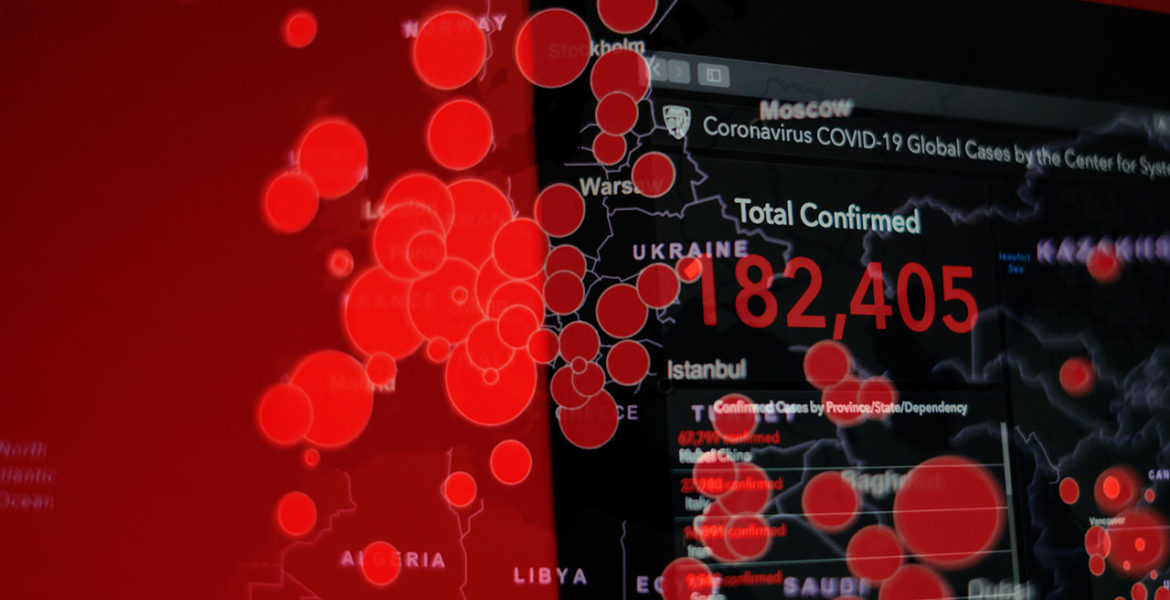Increasingly, society is turning to companies and CEO’s for guidance in turbulent times. Public relations and communications professionals are all seeking to provide the best counsel and the most effective messaging and contingency plans in a situation that truly has no playbook. But it is imperative that we do not allow that uncertainty to become paralysis.
As you think through your organization’s communications priorities it can be helpful to remember three critical “guiding principles” of crisis and issues management:
Your first response won’t be your last
In rapidly changing situations, today’s answers might be tomorrow’s hindsight. You won’t have all of the answers right away. And tomorrow may bring entirely new issues or questions. Communication is not an all or nothing activity. Start somewhere. You can always build.
Lean into what you do know
Any high stakes situation includes some unanswered, or perhaps even unanswerable questions. COVID-19 is no different. As people practice social distancing or even city or county-wide shutdowns or quarantines, uncertainty about when it will end or what will come next is not a reason to stay silent. Begin by communicating what you know and, what you are doing and be transparent about what decisions are still to come. And, it never hurts to start with why.
Think about all of your stakeholders, but prioritize employees first
In times of great uncertainty, remember that you are an employer first, and your employees serve as messengers to your other audiences. Studies show that coronavirus information coming from employers is seen as more credible than information being provided by governments and mainstream media. Over-communicate with employees. Tell them what you want them to know and do….and be sure to also tell them what not to do.
As we think about the role of communications, it is important to remember that today’s job is bigger than messaging. We need to evaluate whether the decisions and policies are the right ones for our companies and our stakeholders. We also need to consider how those decisions will impact the company’s reputation today, and over the long term. In some cases, corporate communications leaders are the only ones thinking about audiences holistically, and pointing out mismatches between corporate strategy, priorities, and messaging. It’s essential to remember that all “stakeholders” are people first. And, people are worried about their health or that of a loved one; juggling the needs of family (children and parents) with uncertainty about their work; watching the stock market volatility and worrying about their retirement savings or their kids’ college funds. It isn’t only about our message….it is about addressing their needs.
So, What is Working?
- Visual formats like video, especially from the CEO. When face to face communication isn’t possible, video is the next best thing. That doesn’t mean you need to get a video crew to your offices or the home office of your CEO. You can create an effective and professional video quickly and easily with nothing more than an iPhone. Get some direction on setting up the shot and how to shoot it from a professional, send the footage to be edited and enhanced with graphics, b-roll, and a few other tricks…and voila. Also consider other visual formats, particularly for complex messages. Infographics are a great way to deliver your important news and are being used very effectively as it relates to COVID-19.
- Make your process the hero. When situations are always changing, it can be helpful for people to understand how you make decisions, where you are going for guidance, and what procedures you will commit to following (about notification, cleaning/sanitation or other operational issues, for example). When stakeholders are confident that you share their values – and those values will guide decisions – it releases a lot of pressure from the proverbial valve.
- Use your employee message as everyone’s message. Many companies such as United Airlines made their employee letter public because their message to employees about the state of the business was transparent, comprehensive and relevant for all stakeholders. That meant there were no multiple versions to manage and ultimately no mixed messages.
- Focus on something positive. Amidst all the doom and gloom, many companies are taking positive measures to help their employees. They are highlighting what they are doing for employees from pay protection to expanding mental health services. Mark Cuban is reimbursing lunch and coffee purchases that support local small businesses and Amazon is committing to hiring 100,000 people. Still, others are donating to community food banks and several companies in the education space are stepping up to facilitate e-learning.
- Brevity and Frequency. Shorter communications, more frequently. This isn’t the time for long, complex communications. And let’s face it, by the time that makes it through the legal review you have something new to say anyway. Frequent communications help build trust and reduce speculation by assuring your audiences that they will hear from you whenever there is something important to say. Consider the use of Q&A formats, which demonstrate that you understand concerns and also allows the reader to “jump” to their personal area of interest.
- Fish where the fish are. We are inundated with information. Governors are going live on Facebook and we have round-the-clock cable news covering coronavirus. People have too much information and too little to hold onto. This is not the time to force a new channel on your employees. Identify where your stakeholders are and bring your message directly to them. Paid social makes that easier than ever, and the targeting is incredibly precise and cost-efficient.
One thing we know for sure, the COVID-19 situation is going to keep changing and evolving. One thing that won’t change, however, is the need for companies to provide leadership and straightforward, direct communications.

